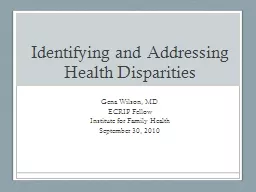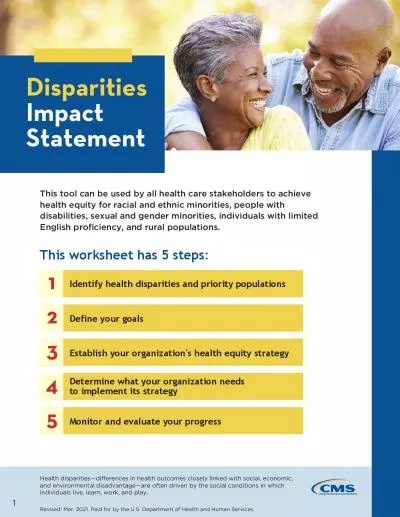PPT-Disparities in Access
Author : liane-varnes | Published Date : 2016-10-18
to Water and Sewer Services in North Carolina Background and Preliminary Results Jacqueline MacDonald Gibson Associate Professor Gillings School of Global Public
Presentation Embed Code
Download Presentation
Download Presentation The PPT/PDF document "Disparities in Access" is the property of its rightful owner. Permission is granted to download and print the materials on this website for personal, non-commercial use only, and to display it on your personal computer provided you do not modify the materials and that you retain all copyright notices contained in the materials. By downloading content from our website, you accept the terms of this agreement.
Disparities in Access: Transcript
Download Rules Of Document
"Disparities in Access"The content belongs to its owner. You may download and print it for personal use, without modification, and keep all copyright notices. By downloading, you agree to these terms.
Related Documents














